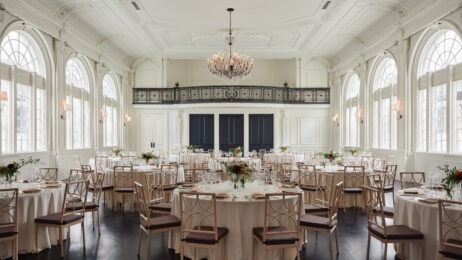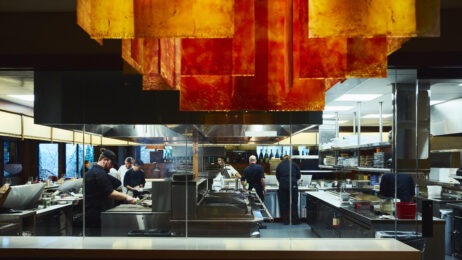Meeting planners do their best work when surrounded by people with diverse ideas and backgrounds. But what’s the best way to encourage everyone to speak up—and how do you get the right people in the room in the first place? Recent Black Lives Matter protests highlighted the price of staying silent, leaving well-intentioned meeting professionals everywhere wondering where to start. diversity.
A Smart Meetings webinar, Inflection Point: Are We Motivated to Change in Our Industry?, produced this week in partnership with LEO Events, outlined steps required to start the conversation about how to create more equitable and inclusive spaces.
More: How to Do Diversity Differently
Start with Reflection
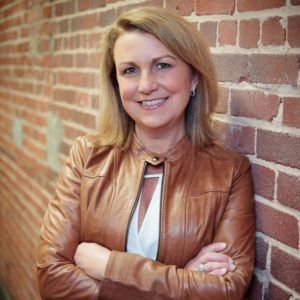
“We always felt we had been attentive to diversity, inclusion and equity in our organization,” said Cindy Brewer, principal at Memphis, Tennessee-based LEO Events, which produces events for companies as diverse as Walmart, Auto Zone and Exxon Mobil. Then she looked at industry statistics and realized that every way she sliced it—even compared to U.S. Bureau of Labor Force Statistics for meeting, convention and event planners—she was not doing as well as she thought.
It was time to change that. “I knew in my heart that I needed to be a relentless advocate on this subject,” she said.
Brewer did what she always does when faced with a difficult decision. She called on the experts. Faith Morris, chief marketing and external affairs officer with National Civil Rights Museum, was happy to accept the call.
She encouraged Cindy to continue asking important questions and opening her mind to find qualified candidates with diverse backgrounds. “There are outstanding folks out there doing all kinds of things. You just have to be open to seeing them,” she said.
Leverage Resources You Already Have
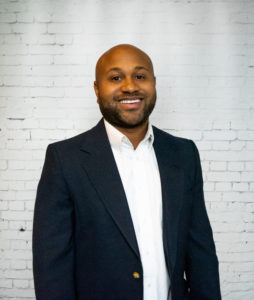
Next, Brewer turned to a resource already on her team: Jon Brown, an up-and-coming event operations manager at LEO Events. Although she feared sounding fake or insensitive, she was motivated by her conversation with Morris to reach out.
“I was relieved to get the call,” Brown said. “It made me feel that I had an ally, and it motivated me to bring something to the table.” He said when you’re the only minority in the space, “You don’t want to be the black guy talking about black things.” That call helped him realize he had a responsibility to take on those challenges and help the organization get to where it wanted to go.
A lot of listening and learning—from staff, freelancers, vendors, experts and others—followed.
Establish a Common Ground
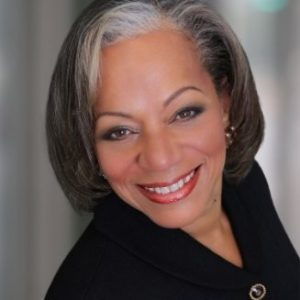
Words matter—especially when the conversation is an uncomfortable one. Finding a path forward requires understanding what the other person is really saying. Diane T. Ashley, CEO of DTA Diversity Counts, is a consultant who spent most of her career in the corporate banking world. Now she helps companies address their monochromatic challenges after what she calls a “seismic awakening” to the issues that have plagued some populations for generations.
Among the terms she introduces to conversations is “DEI,” short for diversity, equity and inclusion.
Diversity is the presence of difference—race, gender, sexual orientation or religion. “It can be as different as people who think differently, are from different countries or have disabilities,” she said.
The term equity grew out of the original view of diversity equality, the goal of giving everyone the same opportunity. Equity focuses on fairness, doing what is required to give each person the chance to produce on a level playing field.
Inclusion is an intentional focus to ensure that diverse voices are recognized. “It is the difference between being invited to the party and being asked to dance,” is how Ashley put it.
Bias is a prejudicial view in favor or against a person or group. “It is a behavior that grew out of primitive fight-or-flight instincts. But in society and the workplace, those habits can hurt people and organizations in ways we are only starting to understand,” she said.
Those unconscious decisions lead to privilege, something that can rear its imperious head in hiring decisions, policing and interactions at events. It is a hindrance to business and society.
Sustainability is a term that originated in the sphere of environmental rights and climate issues but has been adopted to describe a holistic approach to ensuring that we are thinking globally about cognitive diversity—diversity of thought. It is recognizing that everybody brings something different, and valuable, to the table.
Manifest DEI in Hiring
But how to move forward, especially at a time when not a lot of hiring is going on? Brewer understood that the practice of hiring for “chemistry or cultural fit” was part of the problem, because it is code for hiring people who look and sound just like you.
“I realized this is not an issue isolated to the HR department,” she said. She wanted to make meaningful changes.
“What you want to look for is talent. Strip away the names on the resumes and do blind assessments,” Ashley advised. Scrub job descriptions to ensure they are without bias.
Value Differences
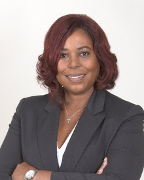
Velvet Graham, senior director of events, community relations and culture and inclusion at ServiceMaster, the parent company for brands as diverse as Terminix and Merry Maids, plans 350 events a year and has faced bias in many forms throughout her career. She suggested looking at underserved communities and organizations.
“You have to give someone their first opportunity in order for them to even begin to thrive,” she said. “I think that’s a big opportunity that’s being missed.”
She sees this moment as an opportunity. “One of the things we have to do is challenge ourselves to be more accepting of differences. There is great value in differences.”
Show Diversity
Optics are powerful. Brown shared how demoralizing it can feel to go to an industry conference and not see anyone who looked like him. “Seeing others on the path helps validate your position in the space,” he said. National Coalition of Black Meetings Professionals helped him realize that there could be a career path for him, too.
Companies in the industry can do a lot simply by including people of color in marketing materials for external and internal audiences. Each video, media kit and ad is an opportunity to include diverse faces.
Take Small Steps
Diversifying a company requires a lot of small steps. Brewer started by appointing Brown chair of a DEI committee and surveying employees about their thoughts on the topic. She also took a hard look at the media list she uses to promote news and found it lacking.
Ashley shared that when there is buy-in from the top, as in the case at LEO Events, change can happen much more quickly. But people throughout the organization need to support the new way as well. Middle managers fearful of losing their position can be a dangerous roadblock.
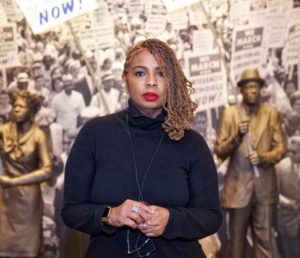
Morris stressed that change is a marathon and not a sprint. It is important that companies think about these issues all the time, not just when there are protests or when activists make demands. It needs to become part of how they do business.
And when companies are successful at encouraging diverse points of view, they benefit in many ways. It can help the organization grow faster and perform better. Retention improves, and teams work together better when they can have difficult conversations. Put simply, it leads to better outcomes.
Give Grace
Having good intentions does not mean everything will go perfectly, those going through the process agree. Start the conversation. The more you do it, the more comfortable it will feel and the more you will grow as you set the foundation, they say. In a way, addressing the issue could be a relief.
The elephant in the room is sitting right next to you, waiting for you do something about it, Ashley said. “Embrace the pause and use this time as a gift.”
When you stumble, Morris counseled giving ourselves, and others, grace by assuming their intentions were good. At heart, humans are more similar than dissimilar.
An advisory group is being formed to continue the conversation. Get involved by emailing [email protected].


